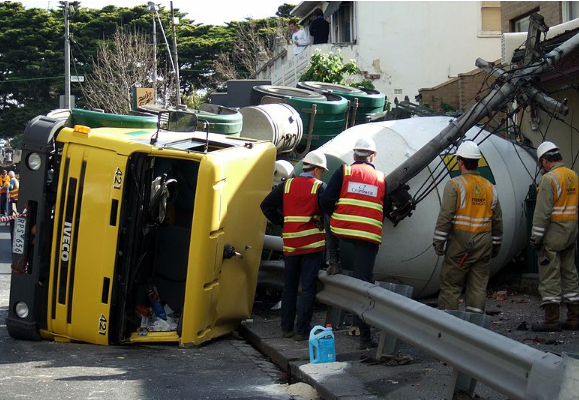Several factors determine if a case goes to trial or reaches a settlement. Most of the time, the parties involved refuse to compromise or give in. Legal proceedings can be long and tiring. One needs a lot of patience and a good truck accident lawyer to ensure you get justice. Some of the factors that lengthen the legal proceedings include causation and liability.
Additionally, suppose the compensation demand is high. In that case, the opponents may refuse to settle, leading the case to trial. In other scenarios, the plaintiff’s side can get a low offer, leading to the case going to trial.
The law can be difficult to understand, especially if it is your first time dealing with litigation. Some of the proceedings include;
The claim process
Both the plaintiff and defendant need to understand certain steps involved in the claim process. There are factors why insurance companies consider how to pay, reject or deny a claim. The steps include;
Initial process review
This is the first step of review and involves checking omissions in the claim process. For example, in a medical negligence case, an invalid diagnosis code may result in the claim being rejected. In this first step, the omissions can be corrected and resubmitted to the insurance company.
Automatic review
In this step, more details are checked regarding the policies of the insurance companies. For example, if a duplicate copy is filled in a medical malpractice claim, the claim will be rejected. A duplicate claim means that another copy was submitted in advance for the same procedure. Also, the claim can be termed ineligible, meaning the policy cover is inactive or termed.
Manual review
Insurance companies may hire professional investigators to review the case manually. For example, in a car accident, a physician may be tasked with finding if the injured person was treated for the injuries caused by the accident or the injuries that existed before.
Payment determination review
There are three forms of determination; paid, reduced, and denied. The claim is considered reduced if the compensation amount is too high. The claim is considered paid if the payer will reimburse the payee. The claim is considered denied if the payer does not reimburse the payee.
Payment
It involves a detailed account of reasons for payment, rejection, reduction, and adjustment of payment. Moreover, it contains information on the approved amount, patient responsibility amount, and the covered amount.
The litigation process
If both parties fail to settle, the case goes to court. There are several avenues through which the case can be handled by mediation and arbitration. A trial case can take years due to notorious or uncooperative juries, the backlog of civil cases, and expensive experts needed to testify in the case. Some of the steps involved in the litigation process include:
- Pre-action conduct
- Exchange of case statements and issuing claims
- Exchange of evidence
- Trial
- Post-trial
In mediation, a neutral party who is an attorney listens to both parties, tries to resolve the case by asking each point to vary their losses and wins if the case proceeds to court—the different types of arbitration; binding and non-binding. A binding arbitration process involves large cases. For example, if a defective car by the manufacturer caused an accident, a panel of judges is hired to arbitrate the meeting. A binding arbitration process is less complex and can be termed a mini-trial. In the non-binding process, the arbitrator may pass the ruling based on the evidence provided. Afterward, one of the parties may reject the ruling and proceed to trial. It is crucial to understand the legal proceedings of any lawsuit and claim you may be involved in.





Be First to Comment